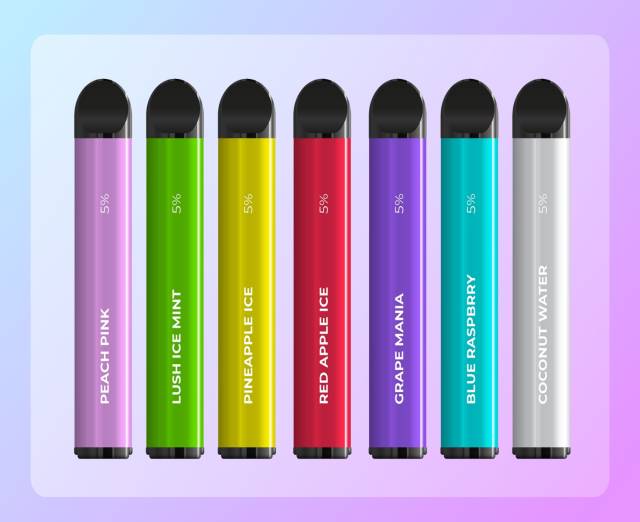You are here
New Study Highlights Increased Sales of E-Cigarettes in Flavors Appealing to Youth
As the sale of electronic cigarettes, known as e-cigarettes, continues to rise in the United States, youth and young adults are particularly at risk. In the 2022 National Youth Tobacco Survey conducted by the Centers for Disease Control and Prevention (CDC), 14.1 percent of high school students reported currently using e-cigarettes. This trend poses a significant public health concern, as nicotine in e-cigarettes can impair brain development for those under 25 years of age.
Flavored products are of particular concern as the majority of youth who use e-cigarettes report using flavored e-cigarettes. In response, the United States (U.S.) Food and Drug Administration (FDA) issued a policy in February 2020 restricting the sale of flavored prefilled cartridge-based e-cigarettes outside of tobacco and menthol flavors.
The CDC Foundation is generating scientifically defensible and rapidly available e-cigarette market data to inform policy planning and practices. In June, the CDC Foundation partnered with Truth Initiative and CDC to release a new study in CDC’s Morbidity and Mortality Weekly Report examining trends in the U.S. e-cigarette market from January 2020 through December 2022. The study uses retail scanner data from Information Resources, Inc., a U.S. data analytics and market research company, to understand trends in e-cigarette sales across brands, product types and flavors. Retail sales data offers a rapid response surveillance method that provides timely information to inform national, state and local e-cigarette regulatory efforts.
Findings from the study indicate a 46.6 percent rise in total e-cigarette unit sales over the study period, with the five top-selling e-cigarette brands being Vuse, JUUL, Elf Bar, NJOY and Breeze Smoke in December 2022. Since the FDA policy was enacted in February 2020, unit share of prefilled cartridges decreased from 75.2 percent to 48.0 percent, while disposable e-cigarettes increased from 24.7 percent to 51.8 percent.
The study also highlights a shift in the sale of flavored e-cigarettes. In December 2022, 99.5 percent of all prefilled cartridges sold were either tobacco or menthol flavored, up 25.3 percentage points from January 2020. In contrast, tobacco and menthol flavored disposable e-cigarettes declined in unit share from 19.5 percent in January 2020 to 7.9 percent in December 2022. This has been coupled with an 8.2 percentage point increase (from 71.4 percent to 79.6 percent during the study period) in other flavor disposable e-cigarette sales, a category that includes flavors such as fruit, candy and coffee. Findings from this study and the continued work of the CDC Foundation and its partners are critical to informing strategies to address youth access to and use of e-cigarette products.
The study was co-authored by Fatma Romeh Ali, PhD, Elisha Crane, MPH and Elizabeth Seaman, PhD of the CDC Foundation; along with Andrew Seidenberg, PhD from Truth Initiative; and Michael Tynan, MPH and Kristy Marynak, MPP of CDC’s Office on Smoking and Health, and builds on prior work from the Monitoring E-Cigarette Use Among Youth project. The CDC Foundation is grateful to Bloomberg Philanthropies for their continued support to prevent and reduce e-cigarette use among our young people.
Financial support for the Monitoring E-Cigarette Use Among Youth project was provided by the CDC Foundation with a grant from Bloomberg Philanthropies.

